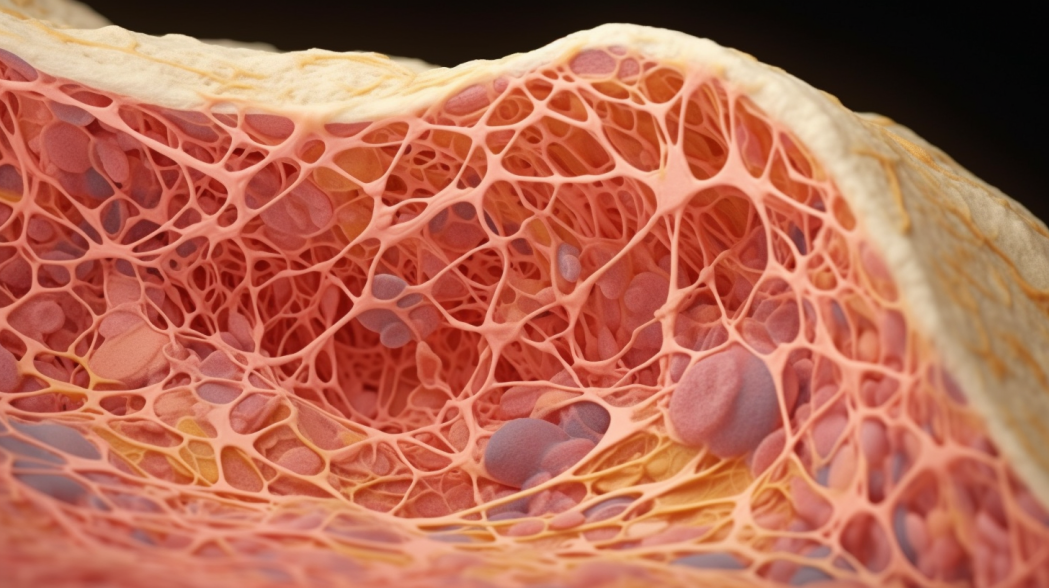Researchers from Kyushu University in Japan have identified a protein called VGLL3 that plays a crucial role in fibrosis, a process that leads to the scarring of tissues by connective tissue deposition. The study, published in Nature Communications, found that VGLL3 contributes to fibrosis in multiple organs, including the liver, lung, heart, kidney, and skin.
Fibrosis occurs when there is excessive accumulation of extracellular matrix (ECM) proteins, resulting in the formation of fibrous tissue. This process happens in response to injury or inflammation and can lead to organ dysfunction and failure, making it a significant contributor to morbidity and mortality worldwide.
The researchers studied how different physical stimuli change the expression of genes in myofibroblast cells that produce collagen, a protein present in the ECM. They noticed a consistent change in the VGLL3 gene expression, indicating its role in multiple organ fibrosis. The team also found that preventing VGLL3 activation in mice brought fibrosis under control, demonstrating the protein’s crucial role in the process.

The consequences of fibrosis can be severe, and it is a major contributor to morbidity and mortality worldwide. Studies indicate that 0.8 million people die every year due to cardiac and lung fibrosis globally. Therefore, the discovery of the role of VGLL3 activation in fibrosis has great therapeutic potential, especially considering the limited drugs available for fibrosis treatment in the market.
The study’s findings open doors to developing new therapeutic drugs against fibrosis by targeting the VGLL3 protein. By inactivating VGLL3, there could be a reduction in the chances of a heart attack after fibrosis. The discovery of the role of VGLL3 activation in fibrosis could change the way we approach the treatment of this disease, leading to more effective therapies and better outcomes for patients.
In conclusion, the discovery of the role of VGLL3 protein in fibrosis is significant and could change the way we understand and treat the disease. The study’s findings show that inactivating VGLL3 can bring fibrosis under control, leading to reduced chances of organ dysfunction and failure. More research should focus on developing therapeutic drugs that target VGLL3 to improve fibrosis treatment.


